 W
WThe history of radar started with experiments by Heinrich Hertz in the late 19th century that showed that radio waves were reflected by metallic objects. This possibility was suggested in James Clerk Maxwell's seminal work on electromagnetism. However, it was not until the early 20th century that systems able to use these principles were becoming widely available, and it was German inventor Christian Hülsmeyer who first used them to build a simple ship detection device intended to help avoid collisions in fog. Numerous similar systems, which provided directional information to objects over short ranges, were developed over the next two decades.
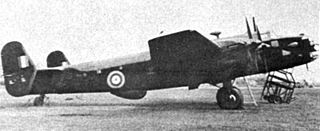 W
WThe 1942 Herefordshire TRE Halifax crash occurred on 7 June 1942 during World War II, in the south of Herefordshire a few miles east of the England-Wales border. The Royal Air Force operated Handley Page Halifax II crashed killing eleven people and several important British radar scientists. It is the UK’s worst ever military test flight accident.
 W
WDavid Atlas was an American meteorologist and one of the pioneers of radar meteorology. His career extended from World War II to his death: he worked for the US Air Force, then was professor at the University of Chicago and National Center for Atmospheric Research (NCAR), researcher at NASA and private consultant. Atlas owned 22 patents, published more than 260 papers, was a member of many associations, and received numerous honors in his field.
 W
WWilliam Richards Blair was an American scientist and United States Army officer, who worked on the development of the radar from the 1930s onward. He led the U.S. Army's Signal Corps Laboratories during its formative years and is often called the "Father of American Radar".
 W
WAlan Dower Blumlein was an English electronics engineer, notable for his many inventions in telecommunications, sound recording, stereophonic sound, television and radar. He received 128 patents and was considered as one of the most significant engineers and inventors of his time.
 W
WMikhail Aleksandrovich Bonch-Bruevich, sometimes spelled Bonch-Bruyevich, was a Russian engineer, scientist, and professor. Generally considered the leading authority on radio in Russia in the first decades of the 20th century, he greatly influenced the pre-radar development of radio-location in that nation.
 W
WEric Henry Stoneley Burhop, was an Australian physicist and humanitarian.
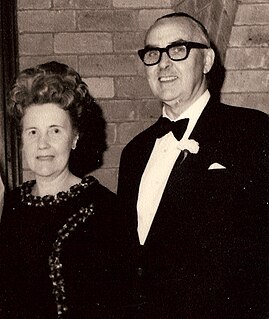 W
WWilliam Alan Stewart Butement was a defence scientist and public servant. A native of New Zealand, he made extensive contributions to radar development in Great Britain during World War II, served as the first chief scientist for the Australian Defence Scientific Service, then ended his professional career with a research position in private business.
 W
WNello Carrara was an Italian physicist and founder of the Electromagnetic Wave Research Institute. He researched X-rays and was a pioneer of radar, but is best known for coining the term "microwave".
 W
WLee L. Davenport was an American physicist. He was a member of the MIT Radiation Laboratory during World War II, responsible for the development and deployment of the SCR-584 radar system.
 W
WSir Edward "Ned" Fennessy was an English electronics engineer who helped lead several developments of early radar systems under Robert Watson-Watt and went on to lead development of a variety of radio navigation systems. In the post-war era he led the development of the Decca Navigator System and the company's subsequent expansion to become a leader in maritime radar systems. He later worked for Plessey before becoming a managing director of British Telecommunications Research and then becoming deputy chairman of the General Post Office. He is also known as the recruiter of Arthur C Clarke as a radar technician during the war.
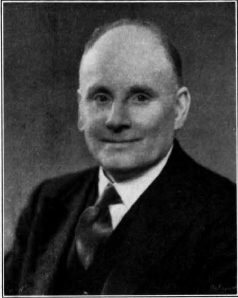 W
WAlbert Hall born Portsmouth was an English engineer and inventor, notable for his contribution to improvements in electricity generation and the development of radio and early radar. He served as an apprentice in the Naval Dockyard and gained a scholarship to study at the Royal College of Science. After graduating he was recommended to Dr Sebastian Ziani de Ferranti by Professor John Perry, which resulted in Hall joining Ferranti in 1902.
 W
WHighlands Air Force Station was a military installation in Middletown Township near the borough of Highlands, New Jersey. The station provided ground-controlled interception radar coverage as part of the Lashup Radar Network and the Semi-Automatic Ground Environment network, as well as providing radar coverage for the Highlands Army Air Defense Site. The site's 240 acres (97 ha) is now the Rocky Point section in Hartshorne Woods Park of the Monmouth County Parks System.
 W
WSir Alan Lloyd Hodgkin was an English physiologist and biophysicist, who shared the 1963 Nobel Prize in Physiology or Medicine with Andrew Huxley and John Eccles.
 W
WReginald Victor Jones, FRSE, LLD was a British physicist and scientific military intelligence expert who played an important role in the defence of Britain in World War II.
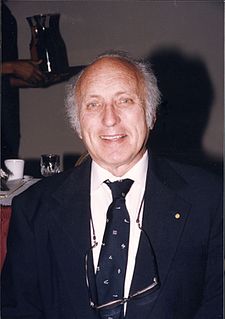 W
WEdwin Kessler III was an American atmospheric scientist who oversaw the development of Doppler weather radar and was the first director of the National Severe Storms Laboratory (NSSL).
 W
WElizabeth Rebecca Laird was a Canadian physicist who chaired the physics department at Mount Holyoke College for nearly four decades. She was the first woman accepted by Sir J. J. Thomson to conduct research at Cambridge University's Cavendish Laboratory. Laird graduated from the London Collegiate Institute in 1893, and attended University College of the University of Toronto after, due to her gender, she was denied an exhibition scholarship where she could have studied abroad. She earned her Ph.D. in physics and mathematics from Bryn Mawr College in 1901.
 W
WRoger M. Lhermitte was a French meteorologist who "pioneered the development of meteorological Doppler radar." His career extended from the 1950s until his death where he made numerous contributions to the field of Radar Meteorology resulting in over 100 publications and numerous patents.
 W
WAlfred Lee Loomis was an American attorney, investment banker, philanthropist, scientist, physicist, inventor of the LORAN Long Range Navigation System, and a lifelong patron of scientific research. He established the Loomis Laboratory in Tuxedo Park, New York, and his role in the development of radar and the atomic bomb contributed to the Allied victory in World War II. He invented the Aberdeen Chronograph for measuring muzzle velocities, contributed significantly to the development of a ground-controlled approach technology for aircraft, and participated in preliminary meetings of the Manhattan Project.
 W
WSir Alfred Charles Bernard Lovell was a British physicist and radio astronomer. He was the first Director of Jodrell Bank Observatory, from 1945 to 1980.
 W
WWolfgang Martini was a Career Officer in the German Air Force and largely responsible for promoting early radar development and utilization in that country.
 W
WJohn Robert Mills was a British physicist and scientific expert who played an important role in the development of Radar and the defence of Britain in World War II. After the war he continued his career working for various British government research establishments on a variety of projects until his retirement in 1977.
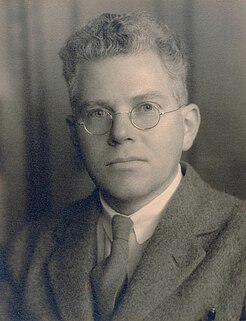 W
WSir Marcus Laurence Elwin "Mark" Oliphant, was an Australian physicist and humanitarian who played an important role in the first experimental demonstration of nuclear fusion and in the development of nuclear weapons.
 W
WRobert Morris Page was an American physicist who was a leading figure in the development of radar technology. Later, Page served as the Director of Research for the U.S. Naval Research Laboratory.
 W
WDr. Louis N. Ridenour was a physicist instrumental in U.S. development of radar, Vice President of Lockheed, and an advisor to President Dwight D. Eisenhower.
 W
WAlbert Percival Rowe, CBE, often known as Jimmy Rowe or A. P. Rowe, was a radar pioneer and university vice-chancellor. A British physicist and senior research administrator, he played a major role in the development of radar before and during World War II.
 W
WProfessor Edwin Douglas Ramsay Shearman DSc FReng FIET FRMetS FIEEE was a shortwave radio and radar pioneer, whose discoveries aided fishing, shipping, and search and rescue. In 1986 he was awarded the IET Faraday Medal.
 W
WAlbert Hoyt Taylor was an American electrical engineer who made important early contributions to the development of radar.
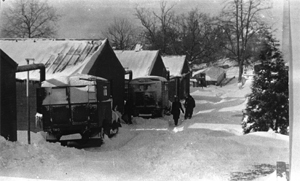 W
WThe Telecommunications Research Establishment (TRE) was the main United Kingdom research and development organization for radio navigation, radar, infra-red detection for heat seeking missiles, and related work for the Royal Air Force (RAF) during World War II and the years that followed. It was regarded as "the most brilliant and successful of the English wartime research establishments" under "Rowe, who saw more of the English scientific choices between 1935 and 1945 than any single man."
 W
WSir Robert Alexander Watson Watt, KCB, FRS, FRAeS was a Scottish pioneer of radio direction finding and radar technology.
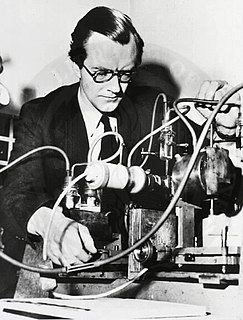 W
WMaurice Hugh Frederick Wilkins was a New Zealand-born British biophysicist and Nobel laureate whose research spanned multiple areas of physics and biophysics, contributing to the scientific understanding of phosphorescence, isotope separation, optical microscopy and X-ray diffraction, and to the development of radar. He is best known for his work at King's College London on the structure of DNA.
 W
WLeo C. Young was an American radio engineer who had many accomplishments during a long career at the U.S. Naval Research Laboratory. Although self-educated, he was a member of a small, creative team which some attributed to the developing the world's first true radar system.